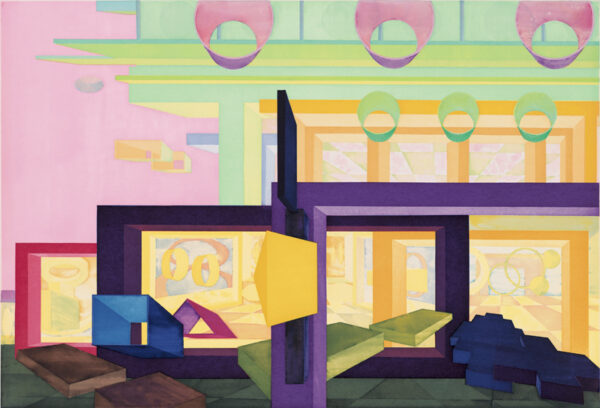
Color aquatint with spit bite aquatint.
29¾ x 43¾"; 41 x 54". 50.
Crown Point Press and Renée Bott.
$15,000 fair market value Unavailable

Color spit bite aquatint.
20¾ x 30"; 31¾ x 39½". 50.
Crown Point Press and Daria Sywulak.
$7,000 InquireInquire
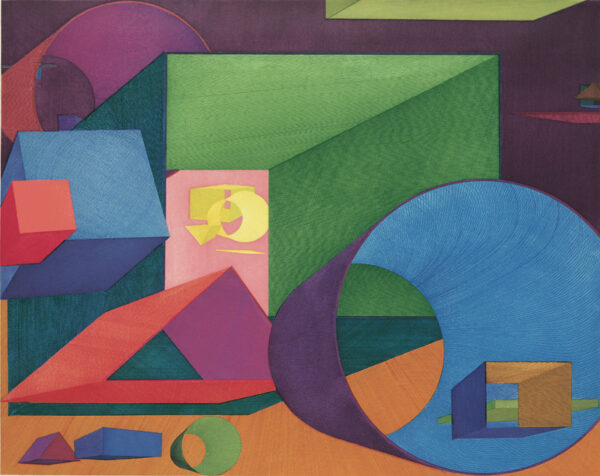
Color hard ground etching with aquatint.
35½ x 44¾"; 40½ x 54¼". 30.
Crown Point Press and Renée Bott.
$15,000 fair market value Unavailable

Color spit bite aquatint.
32½ x 28¾"; 49½ x 41". 50.
Crown Point Press and Daria Sywulak.
$10,000 fair market value Proof AvailableProof Available
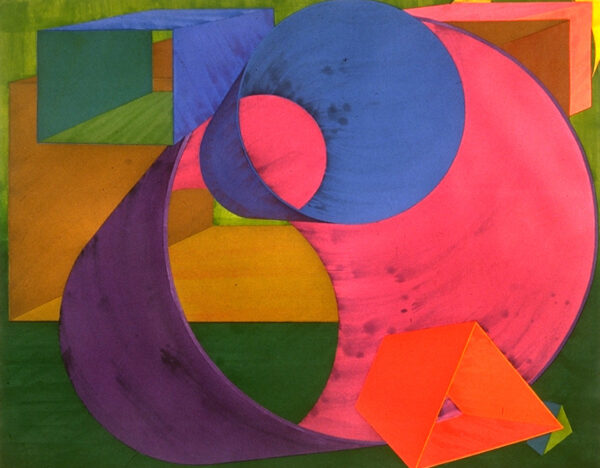
Color aquatint with spit bite aquatint.
35½ x 44¾"; 40½ x 54¼". 50.
Crown Point Press and Renée Bott.
$15,000 fair market value Unavailable
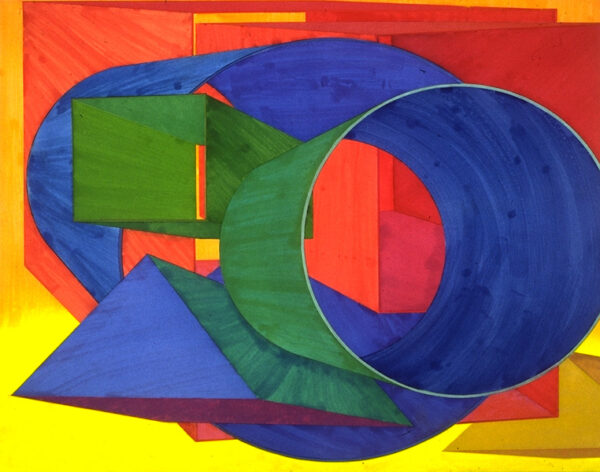
Color aquatint with spit bite aquatint.
35½ x 44¾"; 40½ x 54¼". 50.
Crown Point Press and Renée Bott.
$15,000 fair market value Unavailable
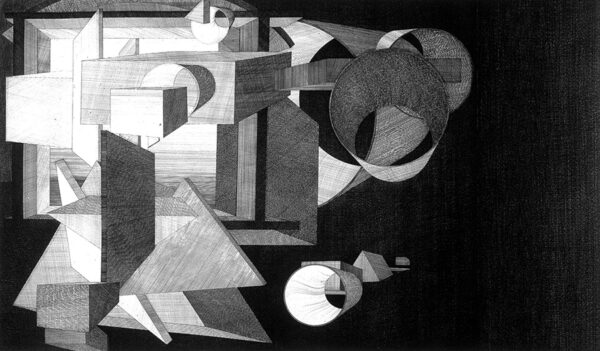
Hard ground etching.
33 x 56"; 45 x 67". 50.
Crown Point Press and Renée Bott.
$15,000 fair market value Unavailable

Color aquatint with hard ground etching.
23¾ x 17¾"; 37 x 29". 60.
Crown Point Press and Renée Bott.
$7,500 fair market value Unavailable
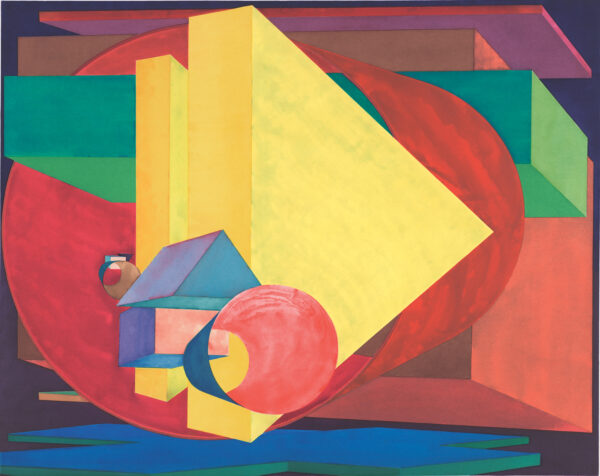
Color aquatint.
35½ x 44½"; 40½ x 54". 25.
Crown Point Press and Renée Bott.
15,000 fair market value Unavailable
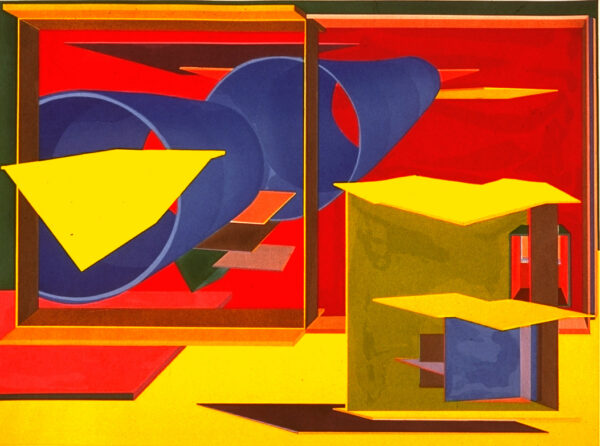
Color woodcut.
24 x 30"; 26½ x 33½". 125.
Crown Point Press and Tadashi Toda.
$7,500 InquireInquire
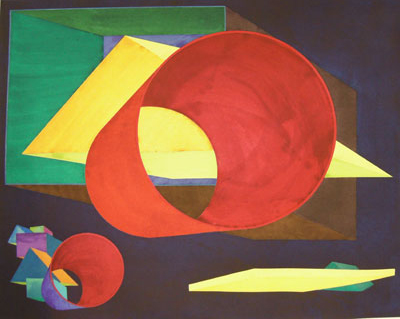
Color aquatint.
35¾ x 44¾"; 41 x 54¼". 50.
Crown Point Press and Renée Bott.
$15,000 fair market value Unavailable

Hard ground etching.
35¾ x 44¾"; 41¾ x 51½. 20.
Crown Point Press and Renée Bott.
$12,000 fair market value Proof AvailableProof Available
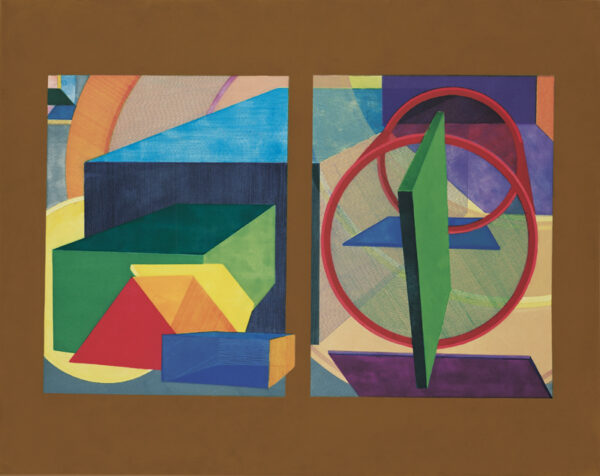
Color aquatint .
35 x 44½"; 40½ x 52½". 50.
Crown Point Press and Renée Bott.
$15,000 fair market value Unavailable
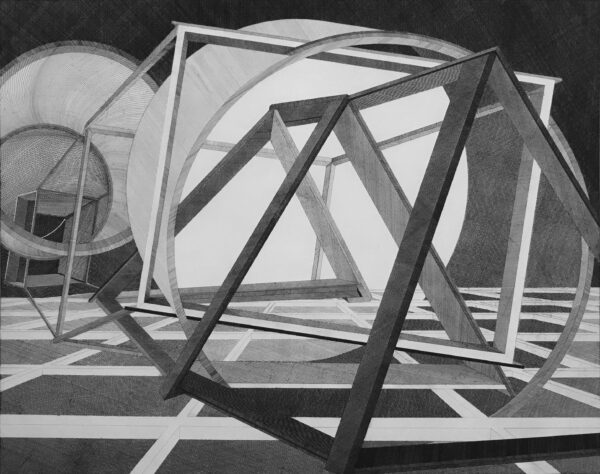
Hard ground etching.
35¾ x 44¾"; 41¾ x 51½". 50.
Crown Point Press and Renée Bott.
$12,000 InquireInquire

Drypoint.
14¾ x 15"; 22½ x 21½". 25.
Crown Point Press and Renée Bott.
$2,500 fair market value Proof AvailableProof Available
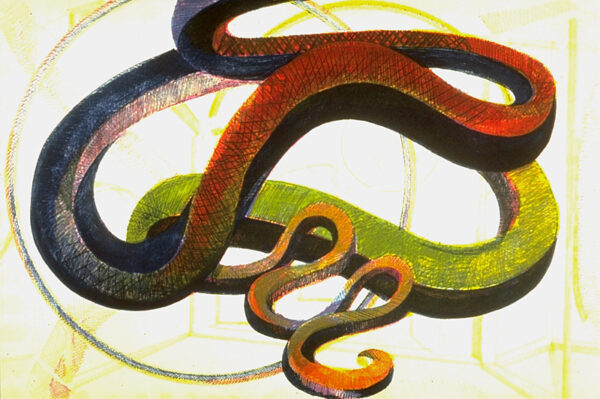
Color soft ground etching.
23¾ x 35½"; 23¾ x 35½". 50.
Crown Point Press and Renée Bott.
$8,500 InquireInquire

Drypoint.
15 x 15"; 22½ x 21½". 25.
Crown Point Press and Renée Bott.
$2,500 fair market value Proof AvailableProof Available
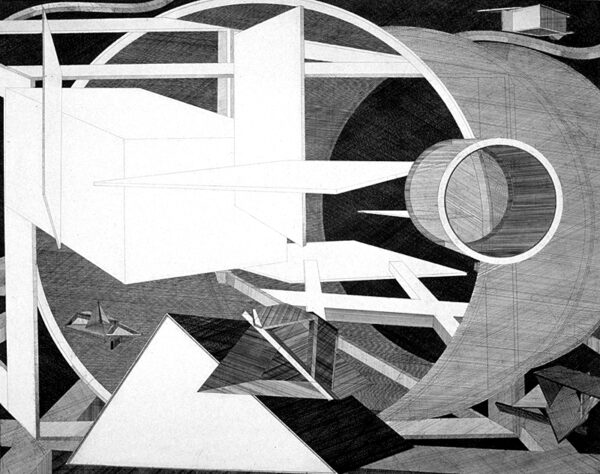
Hard ground etching.
35¾ x 44¾"; 41¾ x 51½". 50.
Crown Point Press and Renée Bott.
$12,000 InquireInquire

Color woodcut.
27 x 40"; 27 x 40". 100.
Crown Point Press and Tadashi Toda at Shi-un-do Print Shop, Kyoto.
$6,000 fair market value Unavailable